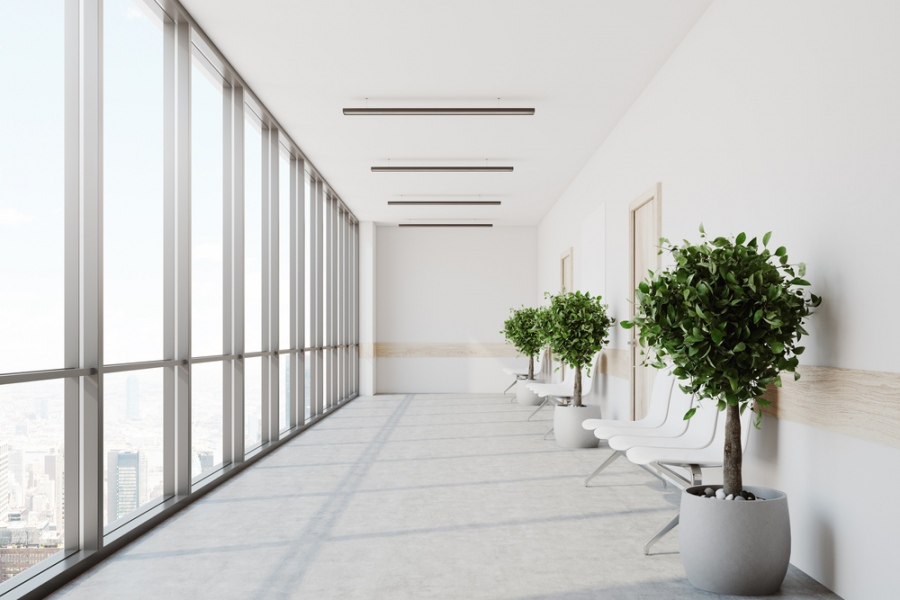While psoriasis may seem like an all encompassing skin condition, there are in fact many different types of psoriasis that affect different areas of the body and in turn, can be treated in a different ways.
Psoriasis is an autoimmune disorder and you should schedule an appointment with your physician or dermatologist to discuss the type of psoriasis you are affected by; In addition to the best treatment options available for the type you are combatting.
One of these types of psoriasis is known as inverse psoriasis; a type of psoriasis which will appear in parts of the body that have skin folds and aren’t exposed to light and air on a regular basis.
Knowing how to identify inverse psoriasis, what it’s symptoms are and how to treat it are all ways to better manage and deal with this ailment in the future. Some details of the specific condition are below.
Symptoms of Inverse Psoriasis
Inverse Psoriasis symptoms are based on where it is found on the body and what it looks like. Most of the time it is in areas such as: the armpits, groin, under breast or “love handles” along the waistline of the body, especially for people who are overweight.
It is often red and shiny and it irritated primarily because of the location in the folds of skin, which are generally more tender areas. Due to this location of moist, softer environments on the body, it doesn’t have the scale or the plaque that is associated with other types of psoriasis and usually is only found on those individuals who are overweight or have very deep folds of skin on their bodies.
Medications
Because areas where inverse psoriasis forms is sensitive and tough to access, treatment can often be tough. There are a number of steroid creams and ointments which are supposed to be very effective, but there are also more side effects due to how sensitive the skin is in the area where the psoriasis will form and how quickly it is absorbed.
There is also the danger of yeast or fungal infection in these areas if the creams or ointments cause a bigger inflammation, making treatment even harder. Doctors and pharmacists will often dilute these topical steroid based medicines and mix them with other medications that will kill any bacteria or fungus that could form on the skin and cause a larger infection.
Those who have very severe inverse psoriasis may also want to investigate phototherapy, also known as light therapy, which will allow nutrients from sunlight onto those areas that rarely encounter it.
Other Treatments
On top of the medical treatments that will usually rely on a trip to the doctor’s office and prescription, losing weight and reducing the skin folds in your body will help to reverse the effects of inverse psoriasis as well.
Cleaning these areas with an antibacterial soap on a daily basis is also important, though you don’t want the area to become too dry. As most of inverse psoriasis is due to skin not being exposed to enough natural air and light, doing that should become the goal for each respective area.
+Dr.Lee Eberting is a board certified dermatologist who has dedicated her career to research and treatment of skin ailments. She writes regularly at cherylleemd.com





